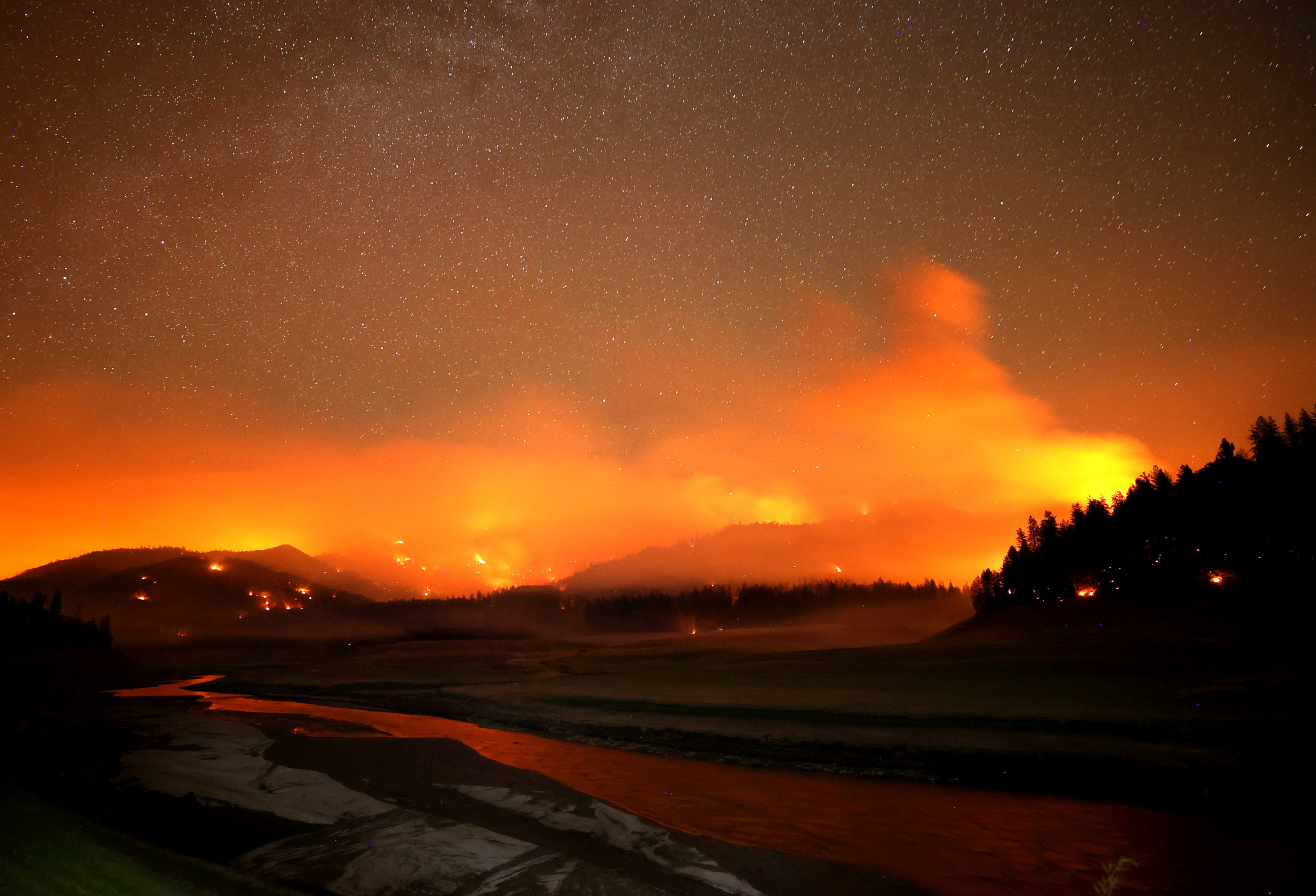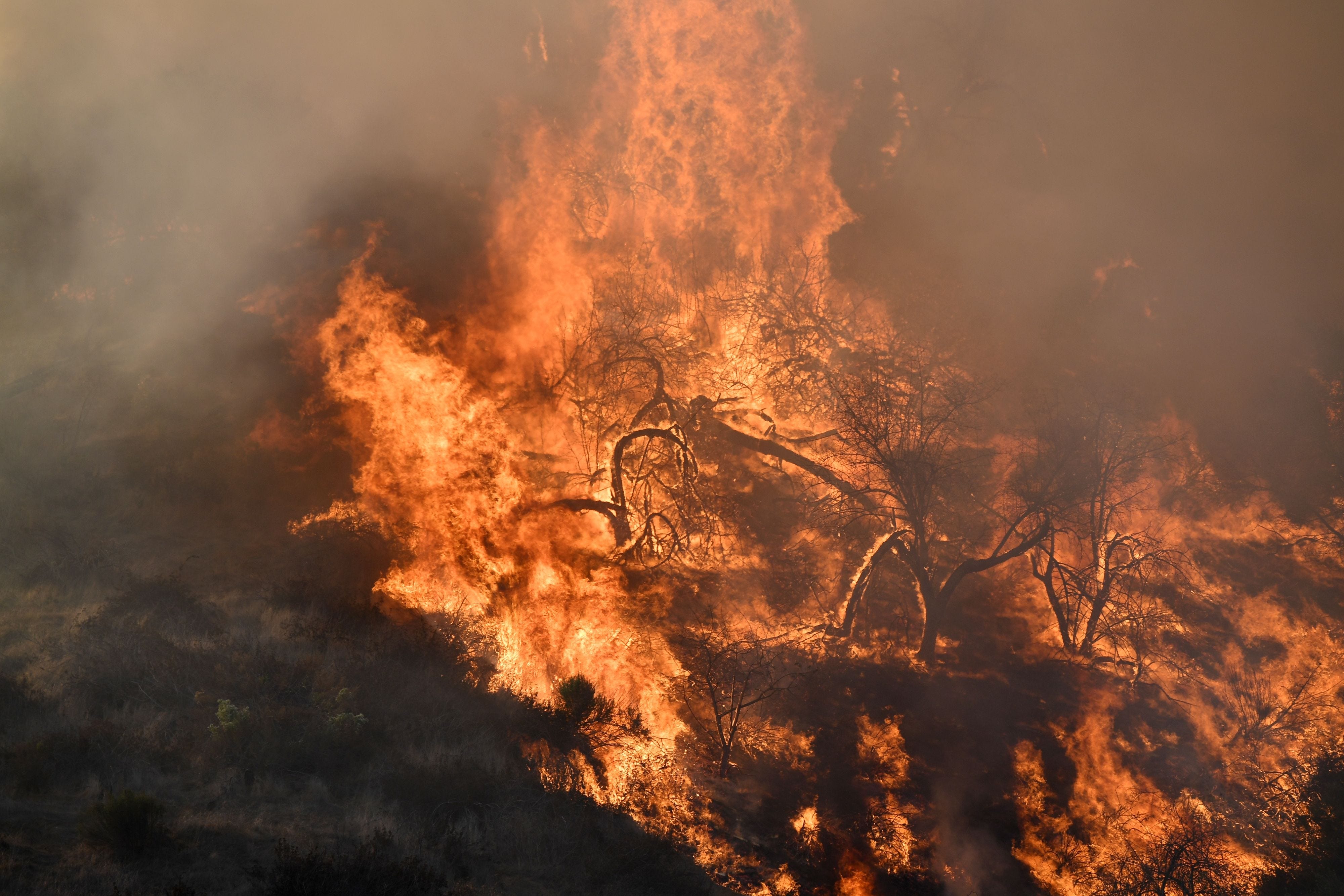


Under current conditions, the model estimated, a fire that broke out at those points could “blow out” to 8,000 acres-a nearly three-mile run-within 24 hours.įor Marshall and the rest of Cal Fire’s analysts, Wildfire Analyst provides a standardized platform on which to share data from fires they’re watching, projections about the runs they might make, and hacks to make a simulated fire approximate the behavior of a real one. A few seconds later, fire blossomed across the simulated landscape.

With a few clicks, he laid four tiny virtual fires along the real fire’s edge, on the far side of the fire line that had blocked its progress. We watched the fluorescent FireGuard polygons of a new flame “finger” break out from the smoldering August Complex. In late October, Marshall shared his screen and took me on a tour in Wildfire Analyst. That will mean embracing fire management techniques that encourage more frequent burns-and ultimately allowing fires to forever transform the landscapes that they love. Residents, fire commanders, and political leaders must switch from a mindset of preventing or controlling wildfire to learning to live with it. Avoiding this nightmare scenario will require a paradigm shift. Along with climate change, generations of land and environmental management decisions-intended to preserve the forests that many Californians feel a duty to protect-have inadvertently created this new age of hyper-destructive fire.īut if these massive fires continue, California could see the forests of the Sierra erased as thoroughly as those of Australia’s Blue Mountains. Getting ahead of the most destructive fires will require not simply new computational tools but a sweeping change in how forests are managed. Programs like Wildfire Analyst, while useful, give an impression of precision and accuracy that can be misleading. Since we understand so little about how fire works, they’re using mathematical tools built on outdated assumptions, as well as technological platforms that fail to capture the uncertainty in their work. The Creek Fire was a case study in the challenge facing today’s fire analysts, who are trying to predict the movements of fires that are far more severe than those seen just a decade ago. It jumped the river and raced through the timber to a reservoir known as Mammoth Pool, where a last-minute airlift saved 200 campers from fiery death. But in this case, the trees’ combustion created powerful plumes of superheated air that drove the fire on. This was, at that moment, a far-fetched claim-no California fire had ever made a nine-mile run in heavy timber, no matter how dry. “I went to the operation trailer and told my uppers: I think it’s going to jump the San Joaquin River,” he recalls. He watched on his screen as the fire spread at frightening speed across the Sierra. Marshall went back to his computer and re-ran some numbers with the new variables factored in. With no weather station at the mouth of the creek, the program couldn’t see all that. And the Big Creek valley would focus the wind onto the fire like a bellows.
#California fire Patch
That “heavy timber,” he knew, was in fact a huge patch of dead trees weakened by beetles, killed by drought, and baked by two weeks of 100 ☏ heat into picture-perfect firewood. Drought Monitor.But Marshall suddenly realized, as the algorithms driving Wildfire Analyst had not, that the drainage held all the ingredients for a perfect firestorm. California went from 88% of its land being considered in extreme or exceptional drought down to 1% immediately after the heavy rains, but it is now back up to 60%, according to the U.S. This month, a blaze erupted in Laguna Niguel and destroyed 20 homes, another surprise given that humid and coastal conditions typically don’t allow fires to explode so quickly.Īlthough California saw record rainfall in the final three months of 2021, that was followed by an unusually dry January through March. In January, typically one of California’s wettest months, a wildfire swept through Big Sur - an event the National Weather Service called “surreal.” But increasingly warm temperatures and a shorter wet season are leaving the land primed for destructive fires earlier in the year. Typically, it took months of dry, warm weather after the state’s winter rains for vegetation to become parched enough to fuel massive fires. The transformation of California’s summer and fall fire season into a year-round phenomenon is a story that’s probably become familiar. “Any fires that develop will likely spread rapidly,” said the National Weather Service office in Sacramento. Monday and Tuesday, gusty winds, low humidity and unseasonably hot temperatures are creating high fire risk across an inland swath of California between Redding and Sacramento.


 0 kommentar(er)
0 kommentar(er)
